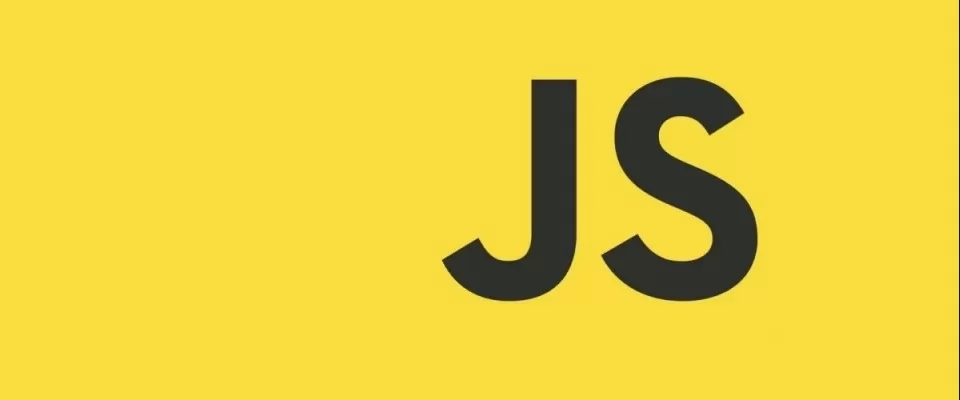One of the interesting things about the internationalisation library represented in the
Int
object is the handling of relative dates in Javascript. This handling allows us to represent a date according to relative elements, that is to say, to be able to specify which was yesterday, or the day before yesterday, or three months from now,... and all of this according to the location that we indicate, so we can literally specify this content.
To do this, the first thing we are going to do is to create an
Intl object
. Specifically we are going to instantiate the
RelativeTimeFormat
object.
const rtf1 = new Intl.RelativeTimeFormat(locale,options);
This object receives two parameters, the localisation label represented by a BCP 47 code in which the first two characters represent the language, then we will find a hyphen and then two characters representing the country. Thus we will find 'en-US', 'ar-EG', 'es-ES', 'ca-ES', 'en-UK'...
The second parameter is the options in which we want to represent the content of the date. These options are represented in JSON format. The three properties in the options are:
- style, how we want the length of the text to be, which can be 'long', 'short' or 'narrow'.
- numeric, if we want the numbers to be represented in numeric format, we would give the value 'always' or in textual format, we would give the value 'auto'.
- localeMatcher, which indicates the matching algorithm to be executed and whose values can be 'lookup' or 'best fit'.
Thus the creation of our
RelativeTimeFormat
object will look like this:
// If you remove the numeric property it shows it in numbers.
const rtf1 = new Intl.RelativeTimeFormat('es-ES', { style: 'long', numeric:'auto' });
The following will be based on the
.format()
method which receives two parameters, the first one positive or negative numeric with the relativity and the second one the size of the relativity, if we want it to be months, days, years,....
In this way, if we want it to indicate yesterday, we will write:
// Yesterday console.log(rtf1.format(-1, 'day'));
But if we want to indicate the day after tomorrow we would put it in the following way:
// The day after tomorrow console.log(rtf1.format(2, 'day'));
We can use the measure of months, so last month would be:
// Last month console.log(rtf1.format(-1, 'month'));
Or we can even use quarters, so in three quarters it will be:
// In three quarters console.log(rtf1.format(3, 'quarter'));
As we can see, it is very easy to use the RelativeTimeFormat object to represent relative dates in Javascript in a localised way.

